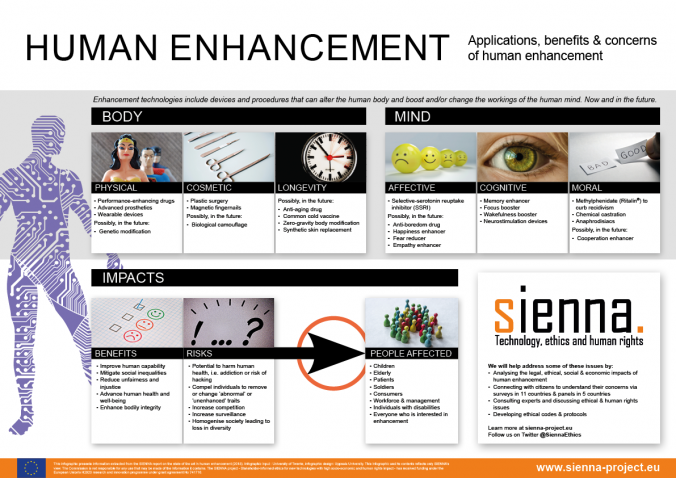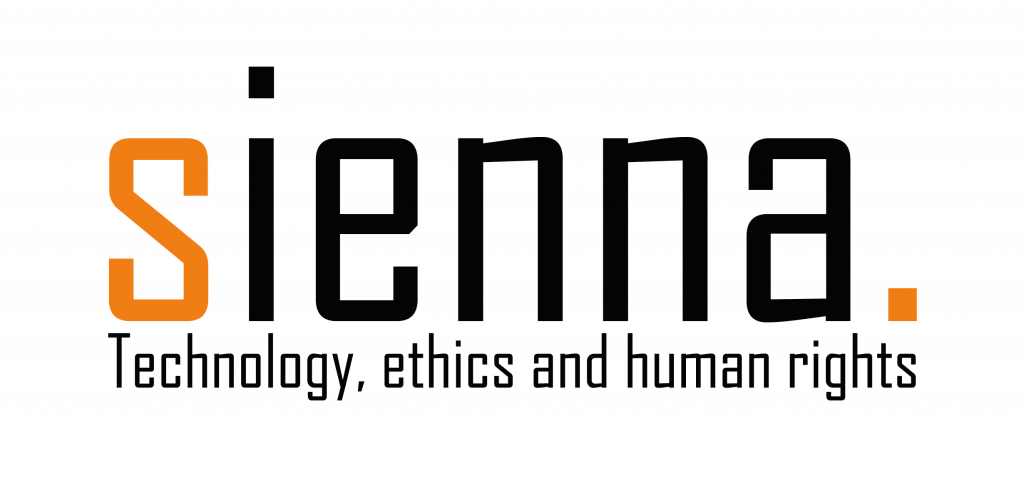Anthropomorphism almost seems inscribed in research on artificial intelligence (AI). Ever since the beginning of the field, machines have been portrayed in terms that normally describe human abilities, such as understanding and learning. The emphasis is on similarities between humans and machines, while differences are downplayed. Like when it is claimed that machines can perform the same psychological tasks that humans perform, such as making decisions and solving problems, with the supposedly insignificant difference that machines do it “automated.”
You can read more about this in an enlightening discussion of anthropomorphism in and around AI, written by Arleen Salles, Kathinka Evers and Michele Farisco, all at CRB and the Human Brain Project. The article is published in AJOB Neuroscience.
The article draws particular attention to so-called brain-inspired AI research, where technology development draws inspiration from what we know about the functioning of the brain. Here, close relationships are emphasized between AI and neuroscience: bonds that are considered to be decisive for developments in both fields of research. Neuroscience needs inspiration from AI research it is claimed, just as AI research needs inspiration from brain research.
The article warns that this idea of a close relationship between the two fields presupposes an anthropomorphic interpretation of AI. In fact, brain-inspired AI multiplies the conceptual double exposures by projecting not only psychological but also neuroscientific concepts onto machines. AI researchers talk about artificial neurons, synapses and neural networks in computers, as if they incorporated artificial brain tissue into the machines.
An overlooked risk of anthropomorphism in AI, according to the authors, is that it can conceal essential characteristics of the technology that make it fundamentally different from human intelligence. In fact, anthropomorphism risks limiting scientific and technological development in AI, since it binds AI to the human brain as privileged source of inspiration. Anthropomorphism can also entice brain research to uncritically use AI as a model for how the brain works.
Of course, the authors do not deny that AI and neuroscience mutually support each other and should cooperate. However, in order for cooperation to work well, and not limit scientific and technological development, philosophical thinking is also needed. We need to clarify conceptual differences between humans and machines, brains and computers. We need to free ourselves from the tendency to exaggerate similarities, which can be more verbal than real. We also need to pay attention to deep-rooted differences between humans and machines, and learn from the differences.
Anthropomorphism in AI risks encouraging irresponsible research communication, the authors further write. This is because exaggerated hopes (hype) seem intrinsic to the anthropomorphic language. By talking about computers in psychological and neurological terms, it sounds as if these machines already essentially functioned as human brains. The authors speak of an anthropomorphic hype around neural network algorithms.
Philosophy can thus also contribute to responsible research communication about artificial intelligence. Such communication draws attention to exaggerated claims and hopes inscribed in the anthropomorphic language of the field. It counteracts the tendency to exaggerate similarities between humans and machines, which rarely go as deep as the projected words make it sound.
In short, differences can be as important and instructive as similarities. Not only in philosophy, but also in science, technology and responsible research communication.
Arleen Salles, Kathinka Evers & Michele Farisco (2020) Anthropomorphism in AI, AJOB Neuroscience, 11:2, 88-95, DOI: 10.1080/21507740.2020.1740350
We recommend readings
This post in Swedish











Recent Comments